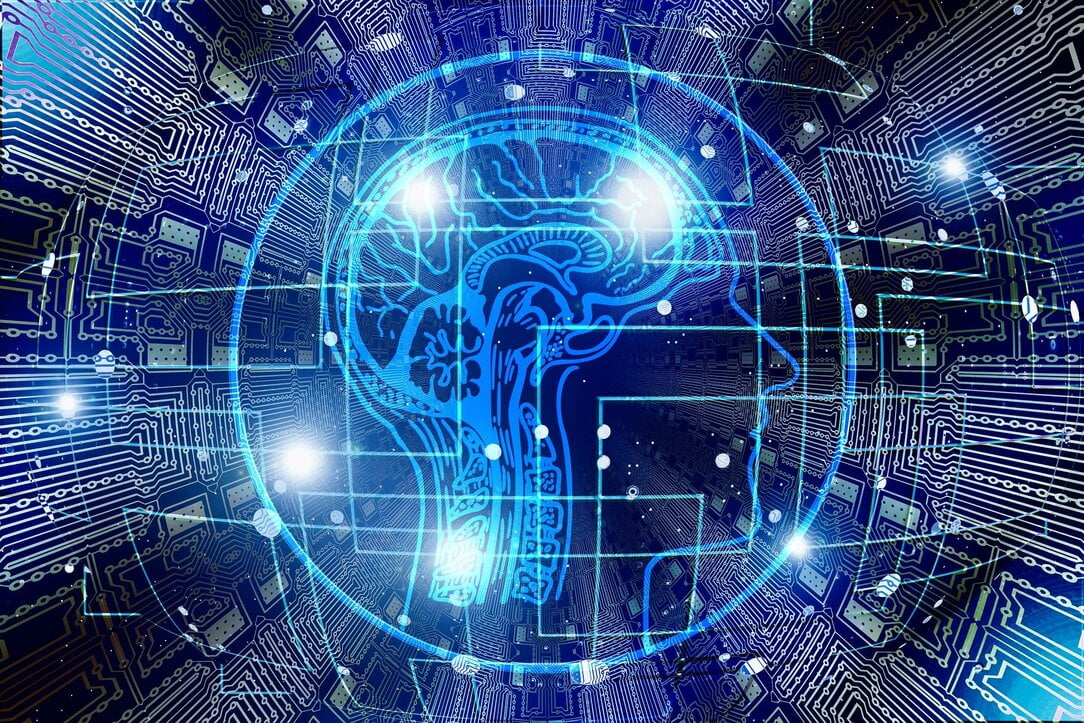Learning & Development is a new trend in HR. What is the process of its implementation? How can it be improved? How to use digital educational tools?
This article will explain the following:
- What is Learning & Development and how to implement it in the company?
- How to test the effectiveness of training and what does the Kirkpatrick Training Evaluation Model look like?
- How can tools based on artificial intelligence algorithms effectively help fill competency gaps?
- What is the future of L&D?
The role of Learning and Development in HR
Human Resources is a broad area of operations which aims to support organizations and their employees in numerous ways. In business, these diverse responsibilities are concentrated in HR departments, which are responsible for as many as ten distinct areas, namely
- human resource management in the context of business strategy,
- talent acquisition and retention,
- Employer Branding,
- change control management,
- employee development management (including employee training),
- supporting managers,
- promoting principles and values, thus influencing the corporate culture,
- supporting relationship building and knowledge flow,
- organizing events,
- assessing and monitoring policies and procedures, performance management.
Some of these responsibilities emerged relatively recently and influenced the creation of new specializations. One of such areas is Learning and Development, which has recently taken the Western HR services market by storm. The spectacular success of L&D stems from data analysis, which clearly shows that development is one of the key employee demands. As a result, employee training had to be permanently included in HR business strategies in such a way as to increase retention among employees, especially in highly specialized professional areas.
The characteristics and goals of Learning & Development
In a simplified way, the Learning & Development process can be explained as building, implementing and maintaining a system for managing competences and talents in the company.
Its aim is to introduce consistent standards of knowledge in the company and to provide employee development so that they are ready to perform current and future tasks at the highest level. The implementation of the L&D process itself consists of several steps. Among them, the following can be distinguished:
Understanding the organization
The first step towards designing an effective and measurable Learning & Development process is to thoroughly understand the organization, its mission, vision, values, as well as business processes and goals. All HR solutions must be, to a certain extent, adapted to the specific needs of the company. Learning & Development isn’t different in that respect. In particular, learning about the direction of the company’s development allows the staff to anticipate future challenges and supplement the related areas of competences in order to prepare employees for the changes.
Business analysis and identifying development needs
The next step is focusing on the staff and reflecting on its structure, resources and prospects. Therefore, talents in the company should be mapped in close cooperation with managers. It is crucial for determining the needs and capabilities of individual employees.
Defining priorities for Learning & Development
Which CEO would not like his employees to become expert specialists in their fields in a short time due to the implemented Learning & Development processes? Unfortunately, this is not an area of miraculous changes, but of systematic work that the whole team has to put in. Therefore, the next step is to define what individual employees or entire departments need to focus on in the first place and what goals they are supposed to achieve. Introducing consistent standards is a huge project, and such initiatives are best approached by working on the smaller parts one by one.

Designing an innovative strategy including digital solutions
After carefully examining the situation and defining the company goals, it’s time to design the strategy. It must include the methods of education preferred by employees, the source and appraisal of content creation, as well as the extent to which training is to be conducted during work time or outside the working hours (which translates into costs for the employer). Due to the complexity of the process, it has become standard practice for companies to use digital learning solutions. A learning management system fulfills the need for an innovative approach to training, as well as streamlines the process and reduces investment costs.
Implementation of solutions
The next stage is the implementation of the designed solutions. The most common tasks during the execution of a strategy include the application of specific tools (such as a Learning Management System) and the preparation of proper communication and training programs. HR tasks may include creating content or establishing cooperation with partners who will be responsible for it. If the company decides to use an e-learning platform, it is necessary to prepare appropriate and attractive presentations. Moreover, HR will manage the training portfolio and control the course of the training process in the entire company.
Evaluation
Training employees is undoubtedly a huge investment on the employer’s side. It takes a lot of time, energy and resources, so both the efficiency of the process and the return on investment (ROI) are naturally worth researching. For the former, the Kirkpatrick model or the model modernized by his son may be useful. They provide 4 levels of effectiveness testing:
- Level of reaction: did the participants enjoy the training?
- Level of learning: did the participants acquire knowledge and skills, or changed their attitude?
- Level of behavior: do the participants put the new competences into practice?
- Level of results: has the training brought any tangible benefits?
This model also takes into account the fact that training is one of the many elements that make up the employee experience – it should help employees develop and gain motivation, instead of being an unpleasant duty.
The analysis of the above-mentioned factors allows companies to propose improvements, recommend changes, and create an effective process of employee development, leadership training, and talent management.
How to improve L&D?
As mentioned earlier, Learning & Development specialists are required to have an innovative and effective approach to the process. In order to successfully implement such solutions, it is necessary to accept that the digital transformation of education has already taken place. Managing training from the level of Excel or burdening specialists with additional knowledge transfer – which is also the only source of training for new employees – is becoming extremely inefficient, especially in the case of medium and large enterprises. Moreover, in the times of the COVID-19 pandemic, a well designed digital learning strategy is a necessity, just like introducing a digital learning platform. The use of an LMS in the L&D not only improves the entire process (from talent mapping to budget control). It also meets the needs of people working remotely or in a hybrid mode, and at the same time fosters commitment and loyalty to the organization.
The application of artificial intelligence and big data in Learning & Development
Digital technologies used in L&D have a number of advantages, but one of them is particularly worth mentioning in this context. Some systems offer assistance based on artificial intelligence algorithms. It means that, using the aforementioned algorithms (natural language processing), the system indexes the content related to specific issues. Consequently, if a test or a training course includes a notion unclear to the participant, he or she can access the relevant training session with one simple click. Such an educational platform also becomes a knowledge database in the company and helps to manage materials more efficiently.
The future of L&D
The future of Learning & Development looks bright. On the one hand, employers notice the opportunities and profit resulting from investing in this area, which translates into improved employee involvement and performance. On the other hand, further digital development is inevitable (especially when, as most experts predict, remote and hybrid-mode work will thrive) and so is the consequent increasing demand for specialists in this field. Of course, the market does not remain passive – in response to the technological revolution in our time (also known as digital transformation), various digital learning solutions are available. It seems that a trend is now beginning which, like private medical care or sport membership cards, will soon become an almost obvious element of employer-employee relations.










